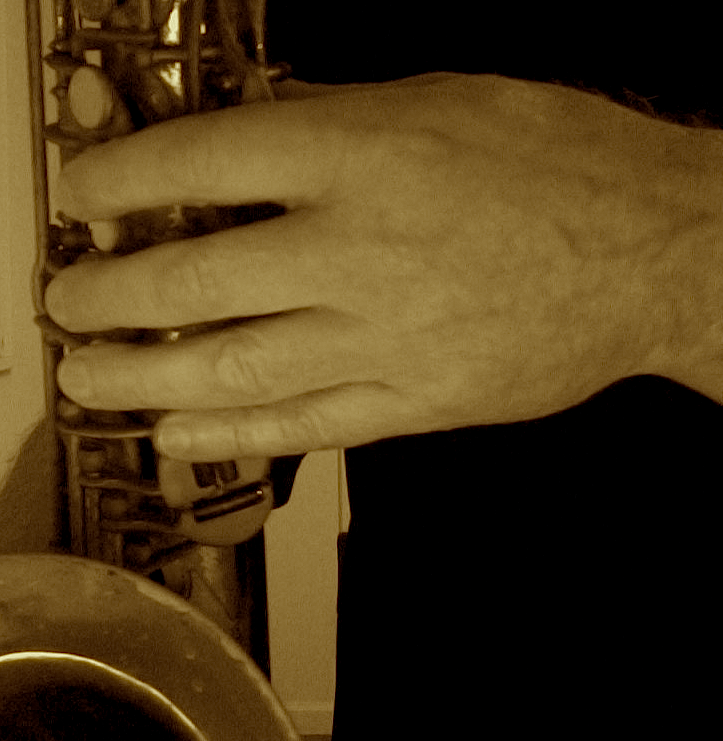“A journey of 1000 miles begins with a single step.”
-Lao Tsu
My conception of what makes effective musical practice continues to evolve. I keep the ideas and principles that help me, and shed those that don’t. The one principle that I never lose sight of (because it always helps!) can be stated in the form of a question:
What is the main aim of my practice?
The answer:
I want to give myself constructive experiences as I play my instrument.
Yes, for me, it’s as simple as that. I want to give myself constructive experiences...
The more I adhere to this principle, the more skill I gain as a musician (and the greater my sense of self efficacy becomes).
So what are “constructive” experiences? They’re when I’m practicing with clear intention, and not doing these two things:
1. I’m not creating unnecessary tension/misdirected effort in myself as I play (in the most basic sense, not stiffening my body or letting my mind race ahead).
2. I’m not playing something that is too far outside of my reach (I’ll clarify what I mean by this this in a bit).
Now, both of these things are clearly related: As I play with less misdirected effort I’m able to bring more things within my reach. As I bring things within my reach, I’m able to play with less misdirected effort, and with a clearer, quieter mind (a more constructive quality of attention).
When I’m using myself well (that’s an Alexander Technique term meaning I’m working most efficiently in my body and with my attention, relative to the task at hand), and I keep what I’m working on within reach, I’m having a constructive experience, and very productive practice session.
And that’s how I continue to improve.
Let me clarify here what I mean by “bringing things within reach”. To improve my playing skills I have to reach beyond what I can already do. (That’s obvious.)
But I must be very mindful about how far I reach. If I don’t reach far enough (or at all) I’m just maintaining the status quo. Not much chance for growth (nor for real satisfaction).
On the other hand, if I reach too far, I actually minimize my learning because I’m not able to give myself the necessary affirming psycho-physical experiences that can produce positive change.
If I keep doing things the “wrong” (unwanted, unhelpful) way, I just strengthen this pattern of “wrong” in my brain and body. This can lead to frustration (and is why a considerable percentage of my clients seek my help).
So in a practical sense, I could also say that the aim of my practice is to bring the “unreachable” gradually into my reach. To do this, I convert all the things I work on into bite-sized pieces of things I can handle. (And I suggest you do, too.) Here’s how:
- Learn how to stop- Get comfortable with not trying to push past (over and over and over…) what you can’t do. Not only is it okay to stop, it’s fundamental to your growth. Stopping is a gift, not an obstacle.
- Notice yourself-Are you unnecessarily tensing up as you try to push past what you can do? Check your neck, shoulders and back. Check your legs and feet. Notice your breathing (or breath holding, as the case may be). Ask yourself to let go of some of that misdirected effort.
- Assess just how far out of reach the task is in the moment-Is the tempo way too fast (or slow)? Is the range impossibly difficult? Is the key (7 flats!) seem like an impenetrable jungle? To all these (and more), ask yourself, “How much so?” “What would I need to do to make this playable right now?”
- Learn the art of regression. (This is necessary in order to address the two questions above.) Go to specifics: Tempo change? Stopping more frequently? Turn off the metronome? Easier key? Singing (or speaking) the passage instead of playing it? Strive to be creative in helping yourself.
- Bring the challenge down. Way down-For example, if the tempo is impossibly fast, cut it drastically, far slower than you think you need to. Let yourself have a few successful experiences with the material. Cultivate the desire to increase tempo based upon your growing self-confidence, not on your sense of obligation. (“I feel like I can play this faster” instead of, “I should be able to play this faster”.)
- Move it to the outer edge of your reach-Gradually. Make sure you’re keeping the aim in mind of creating good experiences as you practice. This is where learning how to stop is crucial (see above).
- Bring it back within your reach-When you step too far, gently step back. Reaffirm your skills.
By bringing things within your reach (as you reach beyond what you can do), you’ll continue to improve. I”ll leave you with this cautionary definition of “insanity”, often attributed to Albert Einstein:
“Insanity is doing the same thing over and over again expecting a different result.”
I would modify that definition to say that, “Insanity is doing the same thing over and over again in the same way expecting a different result“. And to do things differently you have to start by thinking differently.

Agreed. Not dissimilar from Kenny Werner’s ‘Learning Diamond’ (from Effortless Mastery) where you should always be effortless, but you choose to work on 2 of the other 3 corners of the diamond (tempo, accuracy, and length). That is, work on a short section to get it accurate and in tempo(and effortless), OR work on a long section and get it accurate, but at a slower tempo(and effortless), etc. But, be in charge of what you’re doing!
Wonderful perspective and advice! Thanks, Bob!